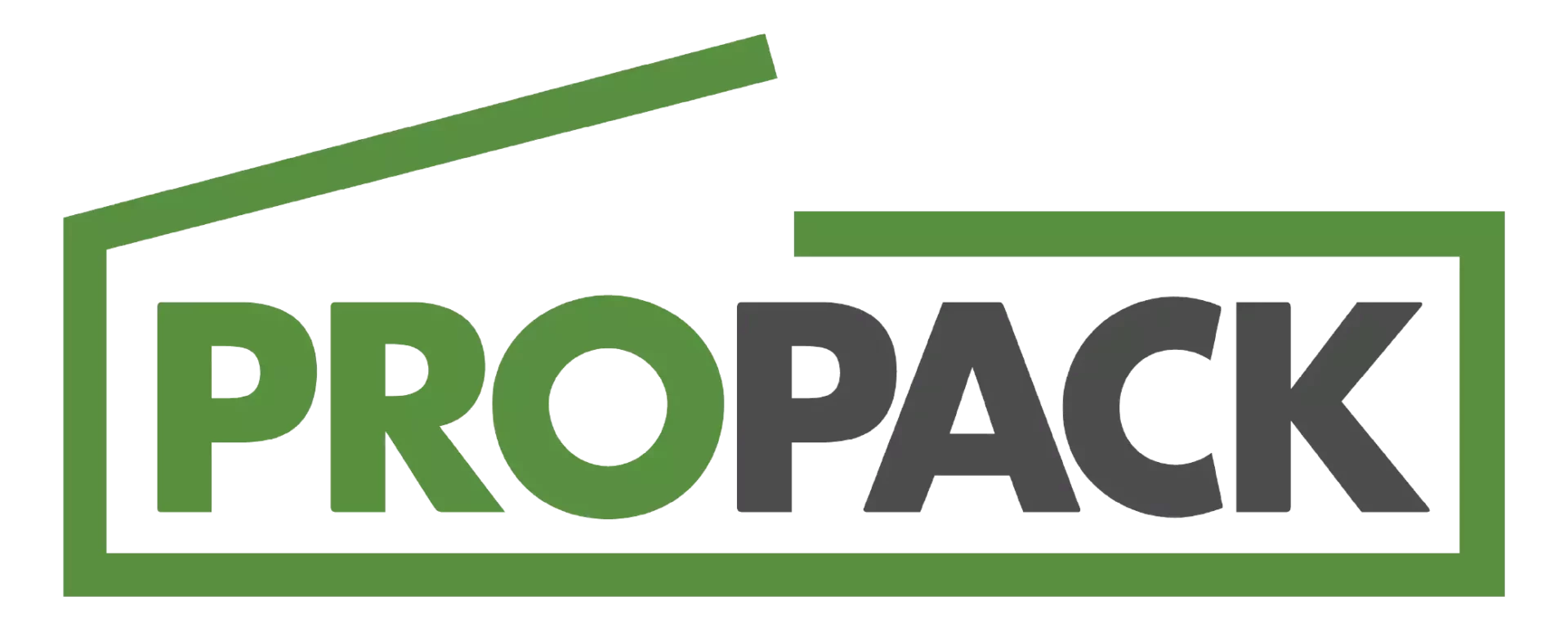Hazardous materials, also commonly called HAZMAT, are those items designated by the federal government, U.S. or otherwise, to contain hazardous components. They require special permits, training and equipment to handle.
What and Who Regulates Hazardous Materials?
In the United States, the Hazardous Materials Transportation Act (HMTA) regulates all HAZMAT shipping. What’s the goal of the HMTA? To protect life, property, and the environment.
The HMTA regulates all forms of commercial shipping—air, ground, and sea—as pertains to the United States. And whose responsibility is it to oversee new HTMA rulings? The act gives the Secretary of Transportation the job of determining which items, or groups of items, should be classified as hazardous materials.
There are international rules as well that regulate shipping hazardous materials outside the U.S. The ICAO TI, for instance, regulates air shipments. The IMDG Code pertains to shipments by sea.
What Informs HAZMAT Shipping Guidelines
As far as the HTMA goes, the general rule for what is or isn’t HAZMAT comes down to this: does this item or category of items pose an unreasonable risk to health, safety, or property during transportation? Shipping is a time of heightened concern because accidents that involve these types of materials can be devastating.
You’ll see the following categories on lists related to shipping hazardous materials:
Consult Your Carrier
Since we work with many different carriers, we suggest you consult their provided guidelines for shipping hazardous materials. Of course, our freight forwarding department at ProPack is happy to provide HAZMAT expertise to our freight clients as needed.
